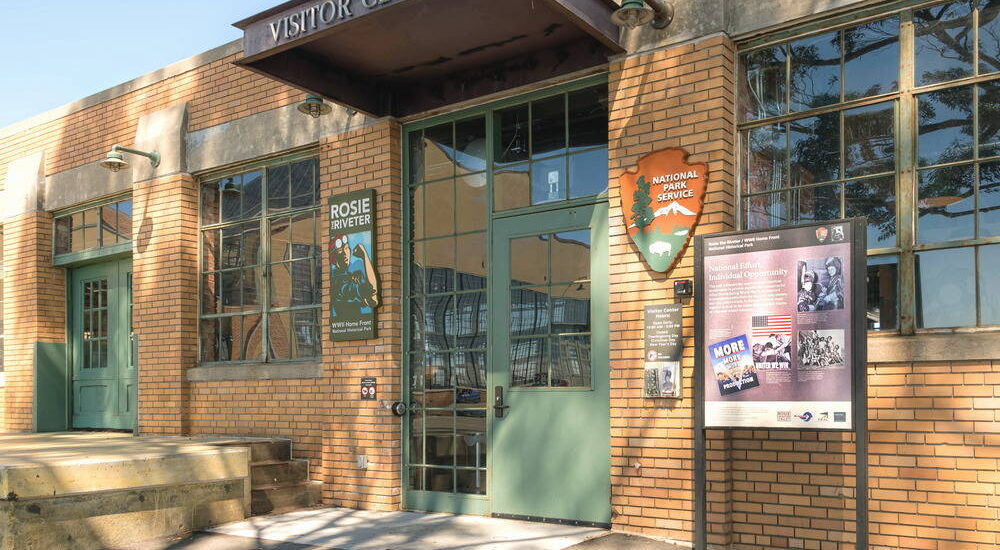Welcome to the Rosie the Riveter National Historical Park, a place that not only honors the incredible contributions of American civilians during World War II but also stands as a testament to the resilience and unity that defined an era. As you explore this historic site in Richmond, California, you’re stepping into a rich tapestry of stories, each thread representing the diverse communities and individuals who powered the home front effort.
Established to commemorate the significant role of women and men on the World War II home front, the park serves as a living museum of history and empowerment. During the war, the Ford Assembly Plant, now part of the park, shifted from producing automobiles to manufacturing jeeps and tanks, crucial for the Allied forces. The transformation of this plant symbolizes the broader industrial shift that swept across the nation, as civilian industries repurposed to meet wartime demands.
One of the park’s central features is the Rosie the Riveter Memorial, a tribute to the millions of women who entered the workforce during the war, forever changing the landscape of American labor. “Rosie the Riveter” became an iconic symbol of female empowerment, representing women who took on roles traditionally held by men. This movement not only supported the war effort but also laid the groundwork for future generations in the fight for gender equality.
As you walk through the Visitor Education Center, housed in the historic Oil House, you’ll find exhibits that bring these stories to life. Originally built to support the Ford Assembly Plant, the Oil House played a vital role in storing fuel for production. Today, it serves as the park’s gateway, offering immersive educational experiences that delve into the era’s social changes and industrial innovations.
Among the notable figures associated with this site is Betty Reid Soskin, the oldest National Park Service ranger, who has shared her firsthand experiences and insights from the home front during her time at the park. Her stories, like those of many others, highlight the diverse narratives and shared sacrifices that characterized the war years.
The SS Red Oak Victory Ship, docked in the Richmond Shipyard, is another key attraction. This ship, built in the very shipyards that transformed Richmond into a wartime hub, serves as a floating museum, offering visitors a glimpse into the maritime history of the period.
Today, the Rosie the Riveter National Historical Park stands not only as a site of remembrance but also as a place of inspiration. It reminds us of the power of collective effort and the enduring spirit of those who came before us. As you leave, consider the legacy of innovation and change that continues to shape our world—a legacy born from the challenges and triumphs of the World War II home front.




